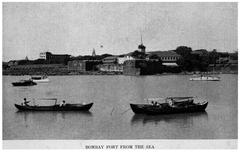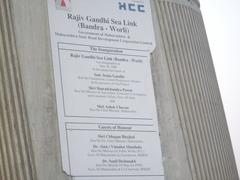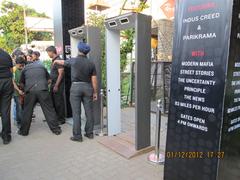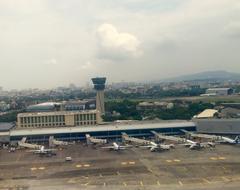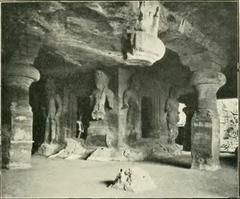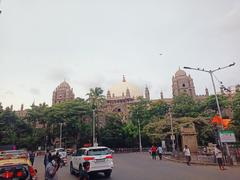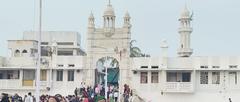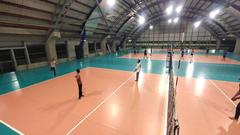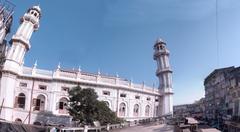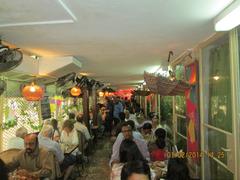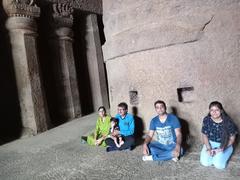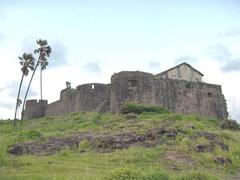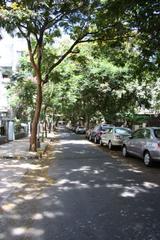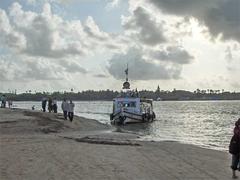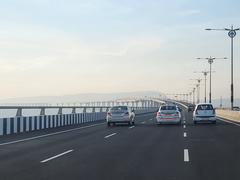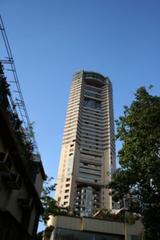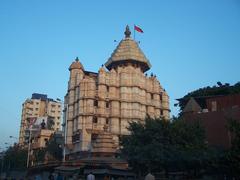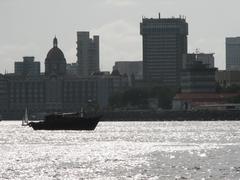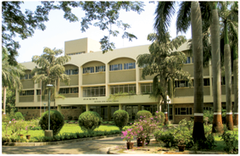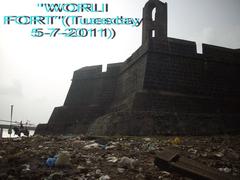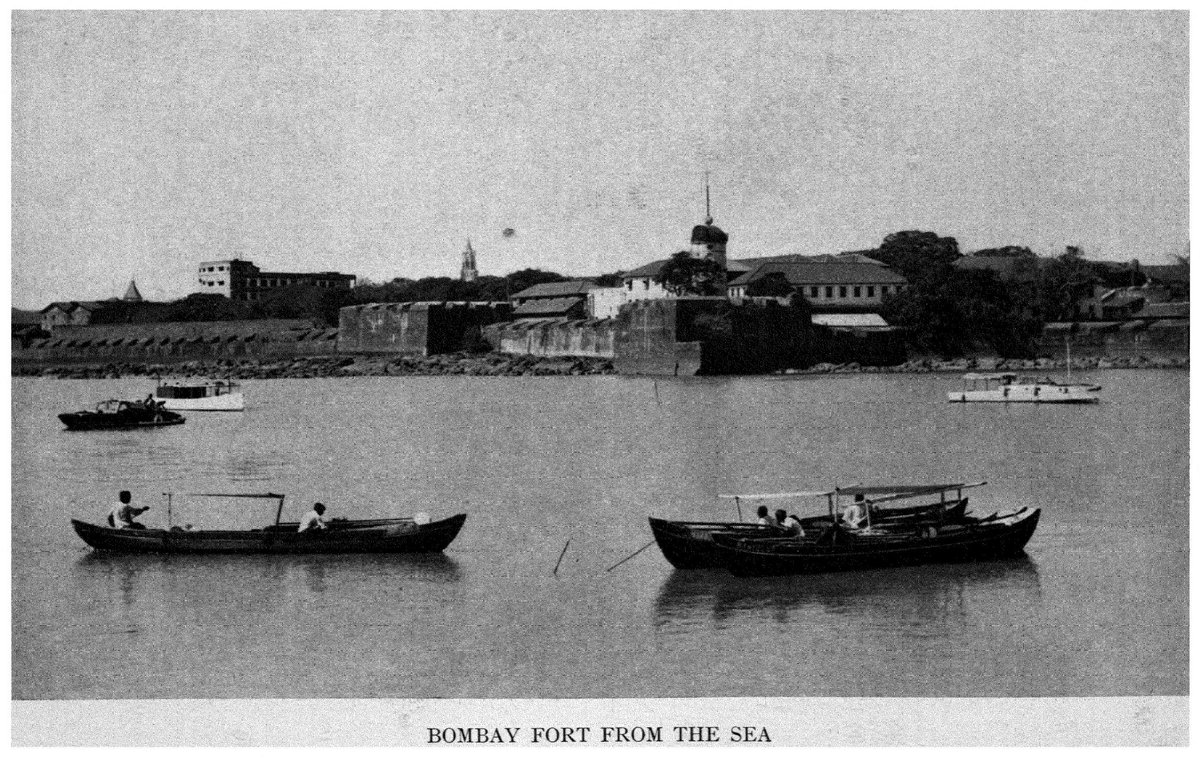
Bombay Castle Mumbai, India – Visiting Hours, Tickets, and Historical Sites Guide
Date: 14/06/2025
Introduction
Bombay Castle, situated in South Mumbai, is a landmark that traces the city’s transformation from a cluster of islands into a thriving colonial metropolis. Originally established by Portuguese nobleman Garcia de Orta in the mid-16th century, the site evolved from a fortified manor into Mumbai’s oldest surviving colonial structure. After the British acquired Bombay in the 17th century, the British East India Company fortified and expanded the castle, making it a pivotal military and administrative hub. Today, while Bombay Castle serves as an operational naval base, its legacy is integral to Mumbai’s urban and cultural fabric. This guide offers detailed insights into the history, architecture, significance, visiting information, and how to explore the heritage-rich Fort district surrounding Bombay Castle.
For in-depth historical background, see Navrang India, Wikiwand, and World History Journal.
Table of Contents
- Introduction
- Early Origins and Portuguese Foundations
- Transition to British Rule and the East India Company
- Architectural Features and Defensive Layout
- Role in Colonial Bombay’s Growth
- Visiting Bombay Castle: Hours, Tickets, and Accessibility
- Nearby Attractions and Photographic Spots
- Preservation and Modern Usage
- Frequently Asked Questions (FAQs)
- Summary and Recommendations
- References
Early Origins and Portuguese Foundations
The story of Bombay Castle begins with Garcia de Orta, a Portuguese physician and naturalist who, in the mid-1500s, leased the island of Bombay. He established a fortified residence using locally quarried blue Kurla and red laterite stone, chosen for their durability against the coastal climate (Navrang India; Wikiwand). While few original Portuguese structures survive, notable remnants include ancient gates and a 16th-century sundial.
Transition to British Rule and the East India Company
Bombay’s strategic harbor soon attracted British interest. In 1661, the islands were transferred to the British Crown as part of Catherine of Braganza’s dowry. By 1668, King Charles II had leased Bombay to the British East India Company for a symbolic £10 per year (The History Press). The British transformed Orta’s manor into a heavily fortified castle, constructing ramparts and bastions to protect against European rivals and local threats (Navrang India; Wikiwand).
Architectural Features and Defensive Layout
Bastions and Fortifications
Bombay Castle’s layout was shaped by both Portuguese and British design sensibilities, prioritizing defense:
- Flag Staff Bastion: Site for hoisting the British flag.
- Flower Tree Bastion: Named for a distinctive flowering tree.
- Tank Bastion: Possibly named for a water storage tank.
- Brab Tree Bastion: Distinguished by a prominent Brab tree (Wikiwand).
Many bastions were surrounded by water, leveraging the island’s natural defenses. The main building, originally the Governor’s House, became the residence of Bombay’s second governor, Gerald Aungier, before the seat shifted north as the city expanded (Wikiwand).
Walls, Gates, and Urban Integration
Between 1716 and 1723, the British constructed a defensive wall around the settlement. This wall was largely dismantled by 1865 to accommodate urban growth, but some fragments remain visible (Navrang India). The main gateway, blending Portuguese arches and British design, survives within the naval complex. Two original manor gates are preserved at INS Angre (Homegrown).
Architectural Style
The structure is utilitarian, reflecting Portuguese and British military priorities. Unlike Mumbai’s later Victorian and Art Deco landmarks, Bombay Castle’s design is focused on defense rather than ornamentation (OmAstrology).
Role in Colonial Bombay’s Growth
Bombay Castle was the administrative and military nucleus of colonial Bombay. It oversaw the East India Company’s expansion, supported land reclamation projects, and fostered the city’s emergence as a regional commercial hub (Navrang India). The castle’s defenses secured the harbor and trade routes, while its presence shaped the urban layout of what is now the Fort district.
Visiting Bombay Castle: Hours, Tickets, and Accessibility
Visiting Hours
Bombay Castle is located within INS Angre, the headquarters of the Western Naval Command. There are no regular public visiting hours or ticketing, as the site is an operational naval base and access is highly restricted (Homegrown).
Tickets and Entry
There is no ticketing system. Occasionally, heritage groups or the Indian Navy may arrange guided tours or open days for academic or official groups, subject to security clearance.
Accessibility
General public access is not permitted. The surrounding Fort district, however, is pedestrian-friendly and accessible by public transport.
Travel Tips
- Carry valid ID if attending a special tour.
- Photography is strictly regulated inside the naval complex—ask for permission.
- The best way to experience Bombay Castle’s legacy is via heritage walks in the Fort district.
Nearby Attractions and Photographic Spots
While direct entry to Bombay Castle is not possible, the Fort area offers rich historic and photographic opportunities:
- Gateway of India: Iconic arch facing the Arabian Sea.
- Chhatrapati Shivaji Maharaj Terminus: UNESCO World Heritage railway station.
- Asiatic Society Library: Classical structure with a rich collection.
- Kala Ghoda Art District: Hub for art and heritage.
- St. Thomas Cathedral: Mumbai’s oldest Anglican church.
- Prince of Wales Museum: Renowned for art and history exhibits.
Heritage walks in the Fort area often discuss the castle’s history and its influence on the city’s development (LBB).
Preservation and Modern Usage
Much of Bombay Castle’s core survives within INS Angre. The Indian Navy and heritage authorities maintain what remains of the original structure, including Portuguese-era gates and the historic sundial (Wikiwand). Conservation efforts and documentation by historians ensure its legacy endures, even as public access remains limited.
Frequently Asked Questions (FAQs)
Q: Can the public visit Bombay Castle?
A: No, access is restricted as the site is an operational naval base. Occasional tours may be arranged by the Indian Navy or heritage organizations.
Q: Are tickets or entry fees required?
A: No, since the site is not open to the general public.
Q: What are the best ways to experience Bombay Castle’s heritage?
A: Explore the Fort area on foot, join a heritage walk, and visit nearby colonial landmarks.
Q: Is the area wheelchair accessible?
A: The castle itself is not accessible, but the Fort district is mostly flat and pedestrian-friendly.
Q: Are there guided tours?
A: Yes, several local organizations offer heritage walks in the Fort district that explore Bombay Castle’s history.
Summary and Recommendations
Bombay Castle is a foundational anchor of Mumbai’s colonial heritage, reflecting the city’s strategic maritime history and urban evolution. Although public access is restricted due to its naval function, the surrounding Fort district provides ample opportunity to engage with Mumbai’s layered history through visible remnants, guided heritage walks, and nearby attractions. Visitors are encouraged to explore the Fort area, participate in local heritage walks, and consult credible sources for deeper insights.
For real-time updates on heritage events and curated guides, download the Audiala app.
References
- Navrang India
- Wikiwand
- World History Journal
- Homegrown Voices
- India Times
- Tatler Asia
- Will Fly for Food
- Travel India
- OmAstrology
- LBB
- Klook
